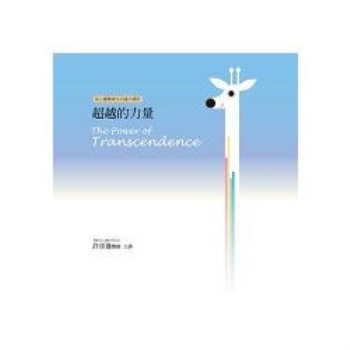"This book is an excellent Illustrated History of the Moors of Spain. It includes a tremendous amount of Moorish history from around the world, which is not included in the original version of the book. " www.moorthings.com In most recent times, the Moorish race, also known as the "black race" is considered a hindrance, a waist, a problem to society in these United States. That opinion is shared by those whom did not learn that the history of the Moors for thousands of years played a major part in the way we live today. The Moors have made a very significant contribution to just about all the academic systems; law, religion, mathematics, science, and medicine., even down to the way we dress as the seasons change, and our love for art; all can be traced back to Moorish origins. Do you eat with utensils? Let us not mention the thousands of inventions that they have created that western society has conveniently forgotten. These people are the aboriginals of all countries, and we would not be living without them being the parents of humanity. I present to you one of the classic books on Moorish History as we know it in Spain, but let us not forget that the Moors traveled all around the world creating civilizations and bringing spices, food, culture to many as the Barbary Powers. The book is but a small glimpse of what the Moors Accomplished in Spain and I would encourage anyone who wants to read more information about this topic to study History, true History to understand our past, present, and future. - Z. Bey The description Moors has referred to several historic and modern populations of Berber, Black African and Arab descent from Northern Africa, some of whom came to conquer and occupy the Iberian Peninsula for nearly 800 years. At that time they were Muslim, although Moors have been known to be of many other religions such as Christians, Catholics, and Hebrews. "Moors" are not a distinct or self-defined people. Medieval and modern Europeans applied the name to Berbers, Arabs, Muslim Iberians and West Africans from Mali and Niger who had been absorbed into the Almoravid dynasty. Mainstream scholars observed in 1911 that "The term 'Moors' has no real ethnological value." The Andalusian Moors of the late Medieval era inhabited the Iberian Peninsula after the Moorish conquests of the Rashidun and Umayyad Caliphates, and the final Umayyad conquest of Hispania. The Moors' rule stretched as far as modern-day Mauritania, West African countries, and Americas. Earlier, the Classical Romans interacted parts of Mauretania, a state that covered northern portions of modern Morocco and much of north western and central Algeria during the classical period. The people of the region were noted in Classical literature as the Mauri. The term Mauri, or variations, was later used by European traders of the 16th to 18th centuries to designate ethnic Berber and Arab groups speaking the Hassaniya Arabic dialect. Today such groups inhabit Mauritania and parts of Algeria, western Sahara, Morocco, Niger and Mali. Speakers of European languages have historically designated a number of associated ethnic groups as "Moors". In modern Iberia, the term is applied to people of Moroccan ethnicity living in Europe. "Moor" is sometimes colloquially applied to any person from North Africa. Although the Moors came to be identified as Muslim, the name Moor pre-dates Islam. It derives from the small Numidian Kingdom of Maure of the 3rd century BCE in what is now northern central and western part of Algeria and a part of northern Morocco. The name was applied to people of the entire region. "They were called Maurisi by the Greeks", wrote Strabo, "and Mauri by the Romans." During that age, the Maure or Moors were trading partners of Carthage, the independent city state founded by Phoenicians. During the second Punic war between Carthage and Rome, two Moorish Numidian kings took different sides, Syphax with Carthage, Masinissa with the Romans.
| FindBook |
有 1 項符合
History of the Moors of Spain的圖書 |
 |
History of the Moors of Spain 作者:Florian 出版社:Createspace Independent Publishing Platform 出版日期:2015-02-03 語言:英文 規格:平裝 / 190頁 / 25.4 x 20.3 x 1 cm / 普通級 |
| 圖書館借閱 |
| 國家圖書館 | 全國圖書書目資訊網 | 國立公共資訊圖書館 | 電子書服務平台 | MetaCat 跨館整合查詢 |
| 臺北市立圖書館 | 新北市立圖書館 | 基隆市公共圖書館 | 桃園市立圖書館 | 新竹縣公共圖書館 |
| 苗栗縣立圖書館 | 臺中市立圖書館 | 彰化縣公共圖書館 | 南投縣文化局 | 雲林縣公共圖書館 |
| 嘉義縣圖書館 | 臺南市立圖書館 | 高雄市立圖書館 | 屏東縣公共圖書館 | 宜蘭縣公共圖書館 |
| 花蓮縣文化局 | 臺東縣文化處 |
|
|
圖書介紹 - 資料來源:博客來 評分:
圖書名稱:History of the Moors of Spain
|










